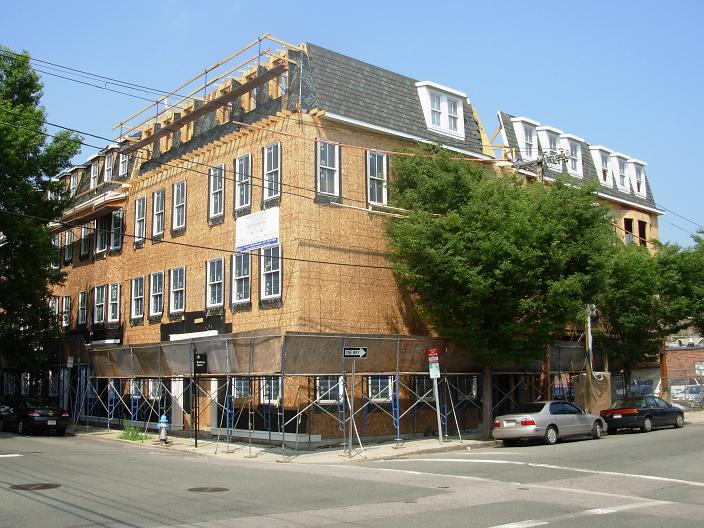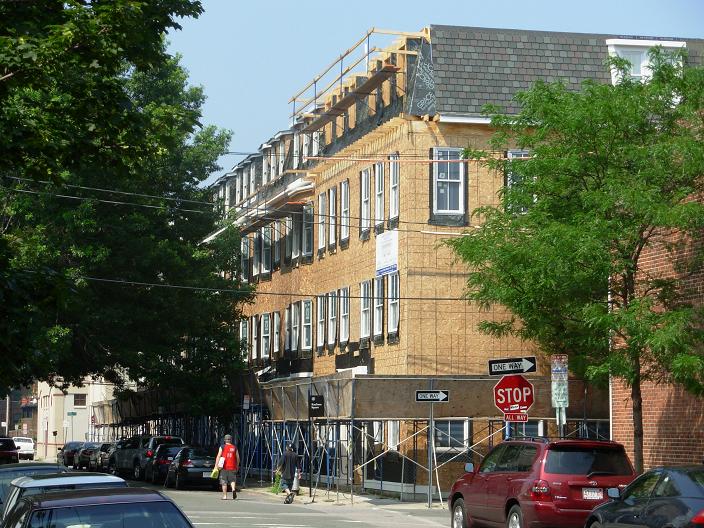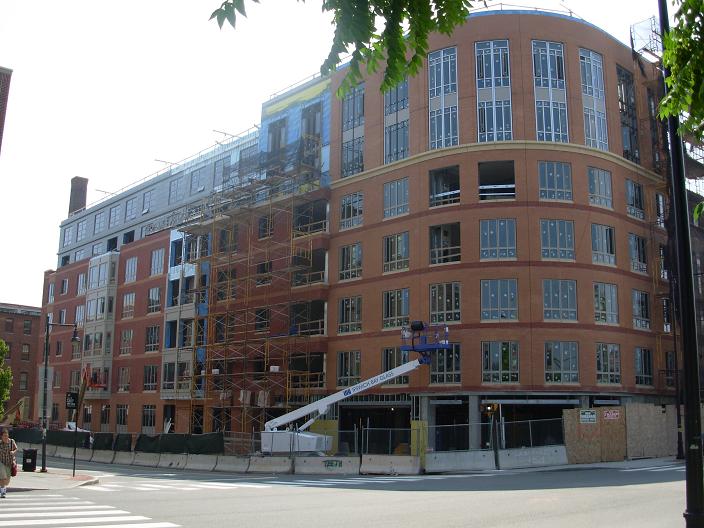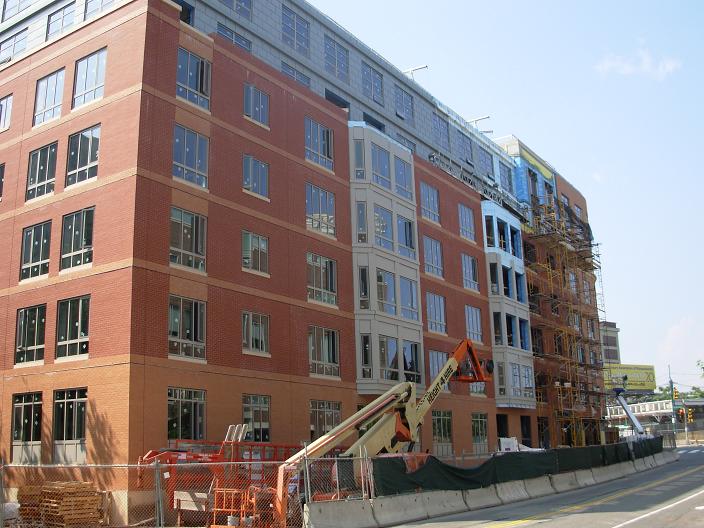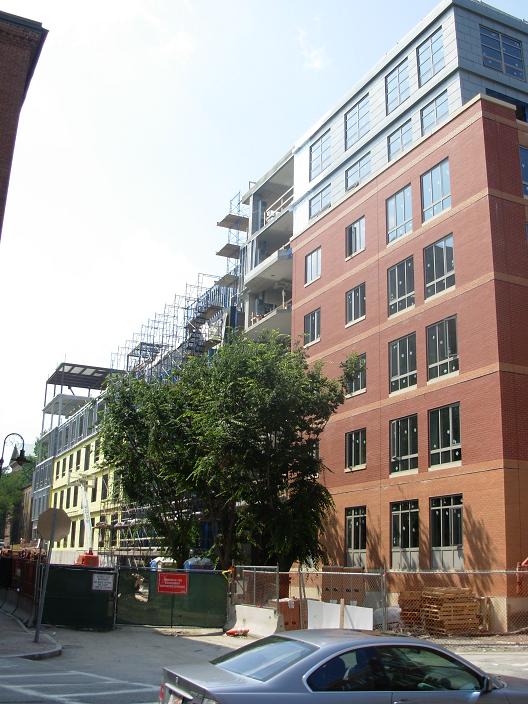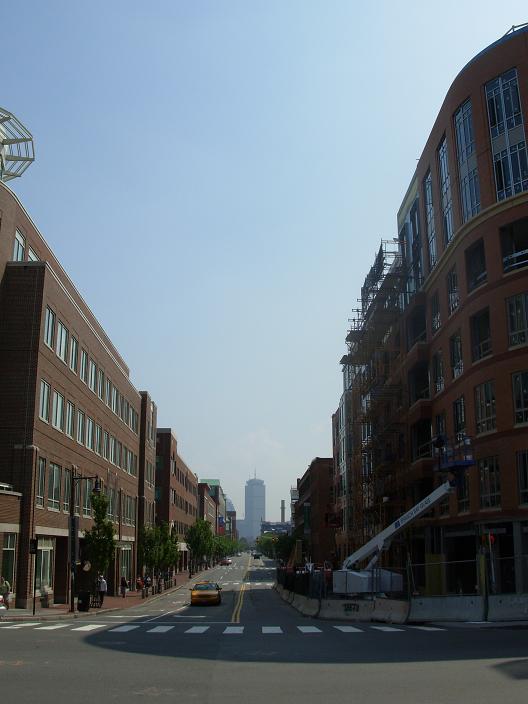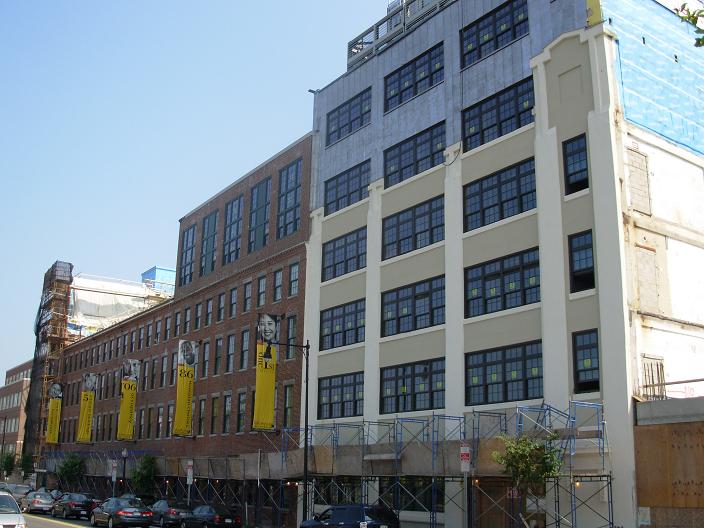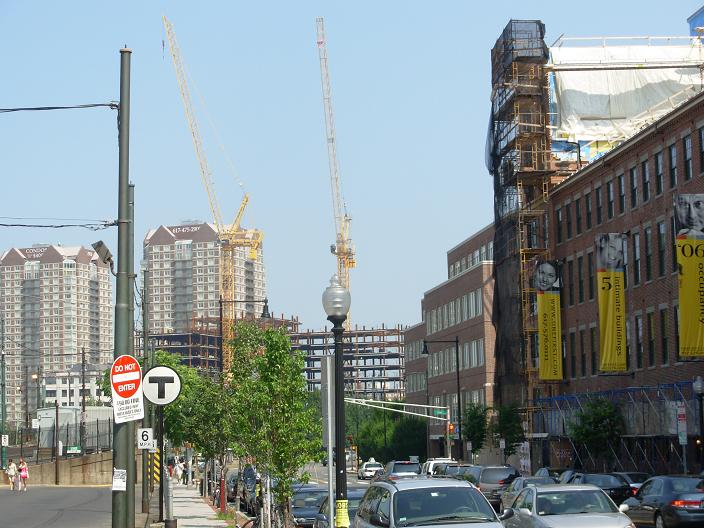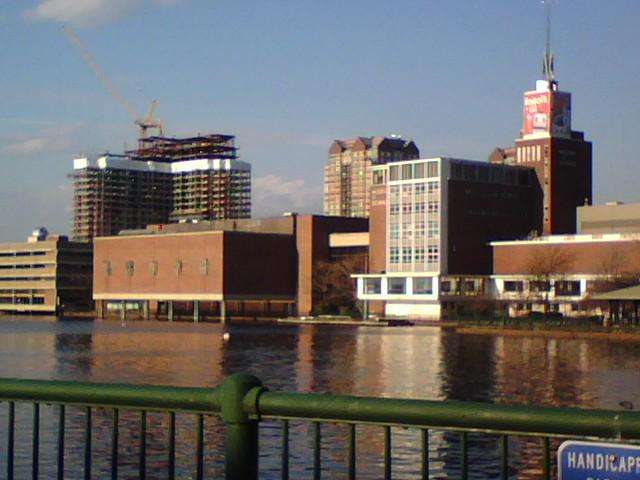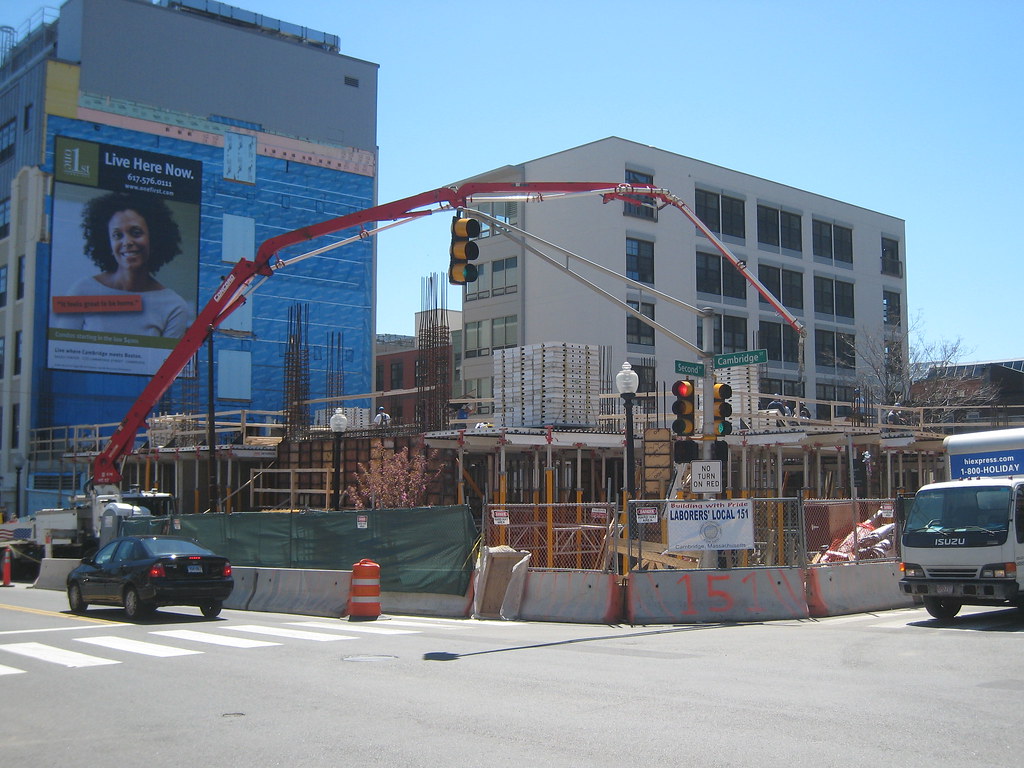WALKABILITY
econ_tim said:
i'm not sure what you mean by walkable
i walk fairly regularly from central to kendall to lechmere. but you seem to be saying that part of this stretch isn't urban, which means it isn't walkable according to your definition. but in fact it is very easy to walk around these areas (there are even crosswalks). so you must have something else in mind. maybe street level restaurants and shops?
That?s right it?s a question of definition.
If your criterion is ?do people walk??, then Mt. Everest is walkable, as scores of people walk it every year.
I live in a metropolis of over a million. By my urbanist criteria, however, I live in a place where nobody walks.
Correction, actually some people do walk: folks who have run out of gas, who are homeless, who have had their licenses revoked, who can't afford to drive, a few criminals, and Mexicans and joggers. Walking is a hardship for most of these folks or a grim but necessary pastime (joggers).
When, on another forum, I referred to the unwalkability of the place I lived, I was greeted with howls of protest, derision and invective from residents of my suburban paradise. They pointed out the lush tree cover, and --like you-- the existence of sidewalks and crosswalks. They also testified that they personally had walked in the ?city? I had declared unwalkable, and I'm quite certain that they have --though they're usually quite invisible (unless --do you suppose?-- they belong to one of the other categories enumerated above).
I can still say without much hyperbole: "I live in a place where nobody walks."
By contrast, Boston and Cambridge are full of walkable places. Some meet your criterion of street-level retail; of these, some teem with pedestrians (Harvard Square, Newbury Street), some have a decent amount of foot traffic (Charles Street, Massachusetts Avenue, Harvard Street at Coolidge Corner).
Other urban streets lack retail, are often deserted enough so you could sneak a toke, and are still thoroughly walkable (Marlborough Street, Cedar Lane Way, Acorn Street, Melrose Street).
Boylston Street between Brookline Avenue and the Back Bay Fens has long had street-level retail; though this stretch is still not walkable, it's in process of being transformed by Trilogy and other urban projects. It will eventually have an urban fabric. So will the triangle between Mass. Ave., Albany Street and Main Street if MIT and others can get over their addiction to parking lots. (Presently this represents a discontinuity in the city, a place where the city isn't.)
The Charlestown Navy Yard, when it became a public place, could have been treated in a way that made it urban and walkable, since the fabric was in place for this; instead the planners and zoners made it a suburban place. When you leave your unit, you head for your car.
It has no real urbanity. Neither does Kendall Square, where morning and evening hordes troop back and forth to the subway (
Metropolis?). Neither does Charles River Park, where the population density doubtless exceeds that of a genuinely urban place like Bay Village. The Seaport? Prognosis not encouraging.
When I lived in Union Square, I hiked almost daily to Harvard Square; I found it a trek and a chore. I would say: not really walkable, though I was far from the only one for whom it was a daily experience.
So: it?s not street-level retail, it?s not sidewalks and crosswalks, it?s not crowds on the sidewalk, it?s not streetwall, it?s not even ?do people actually walk?? Kendall Square has all of these, and no one would choose it as a walkable place over say, Commonwealth Avenue, the Champs Elysees, Salem Street or the Blackstone Block.
Actually, most of us on this forum know a fair amount about what?s urban and what?s not ?unless we?re in denial or victimized by theories and received wisdom.
A walkable place is one that?s not a hardship to walk. A trail in Muir Woods is walkable.
An urban place is a walkable place that rewards you with a frequency and diversity of man-made event in the form of buildings. If those buildings go on forever and offer you not much better than blank walls, glass walls with drawn curtains or forecourts of parking, you are not in an urban place.
